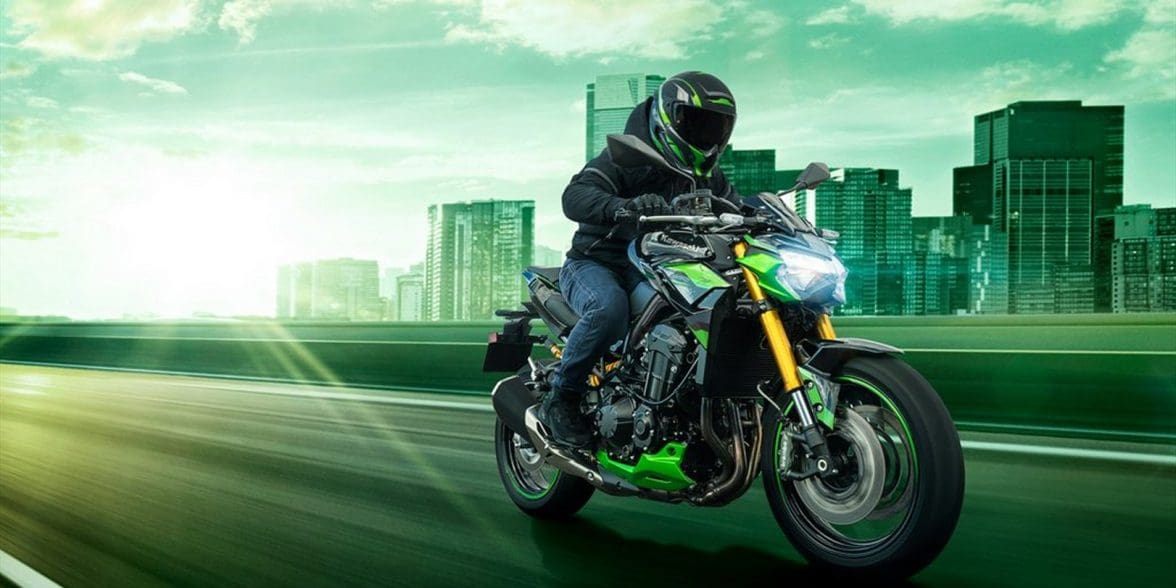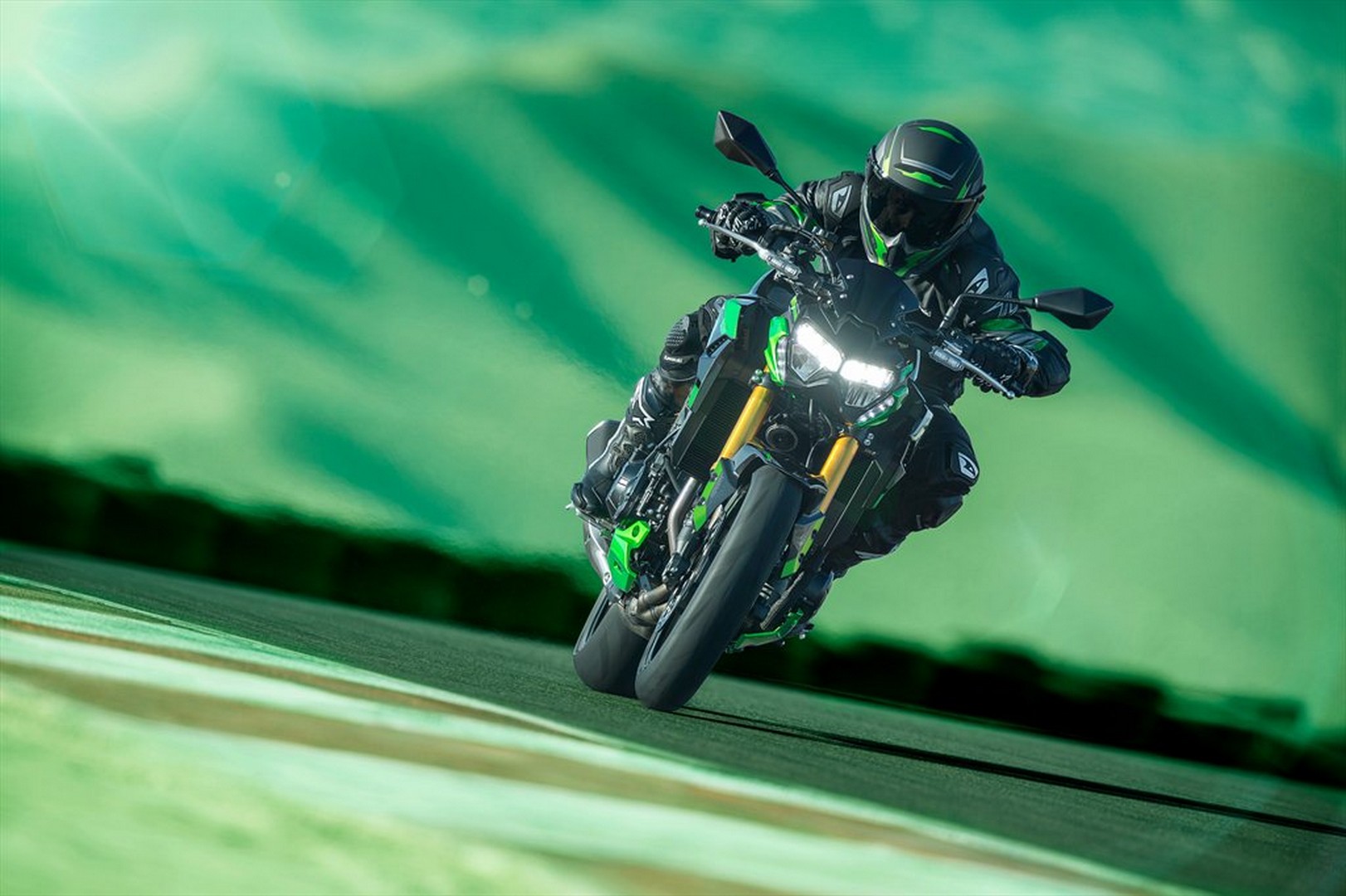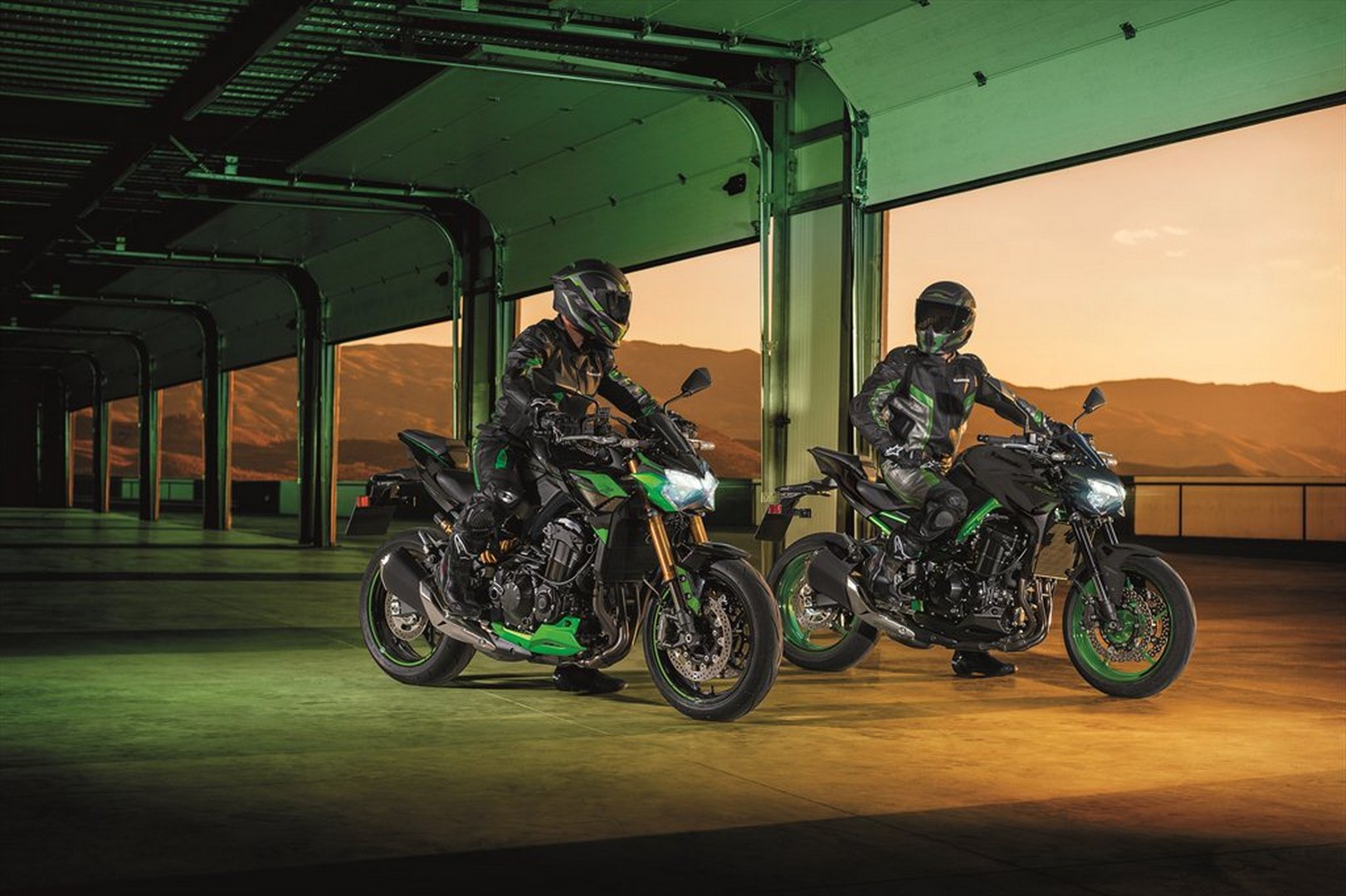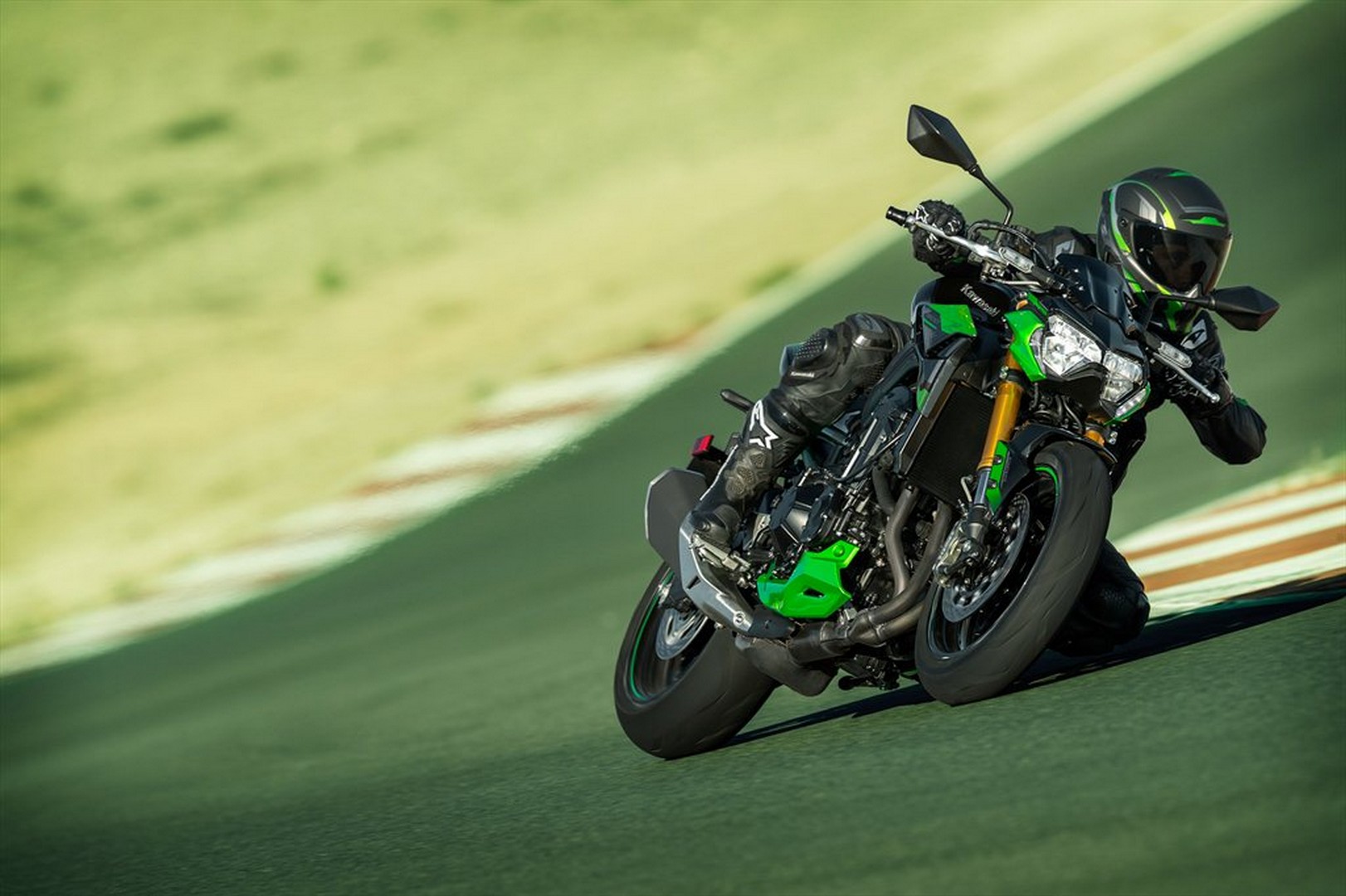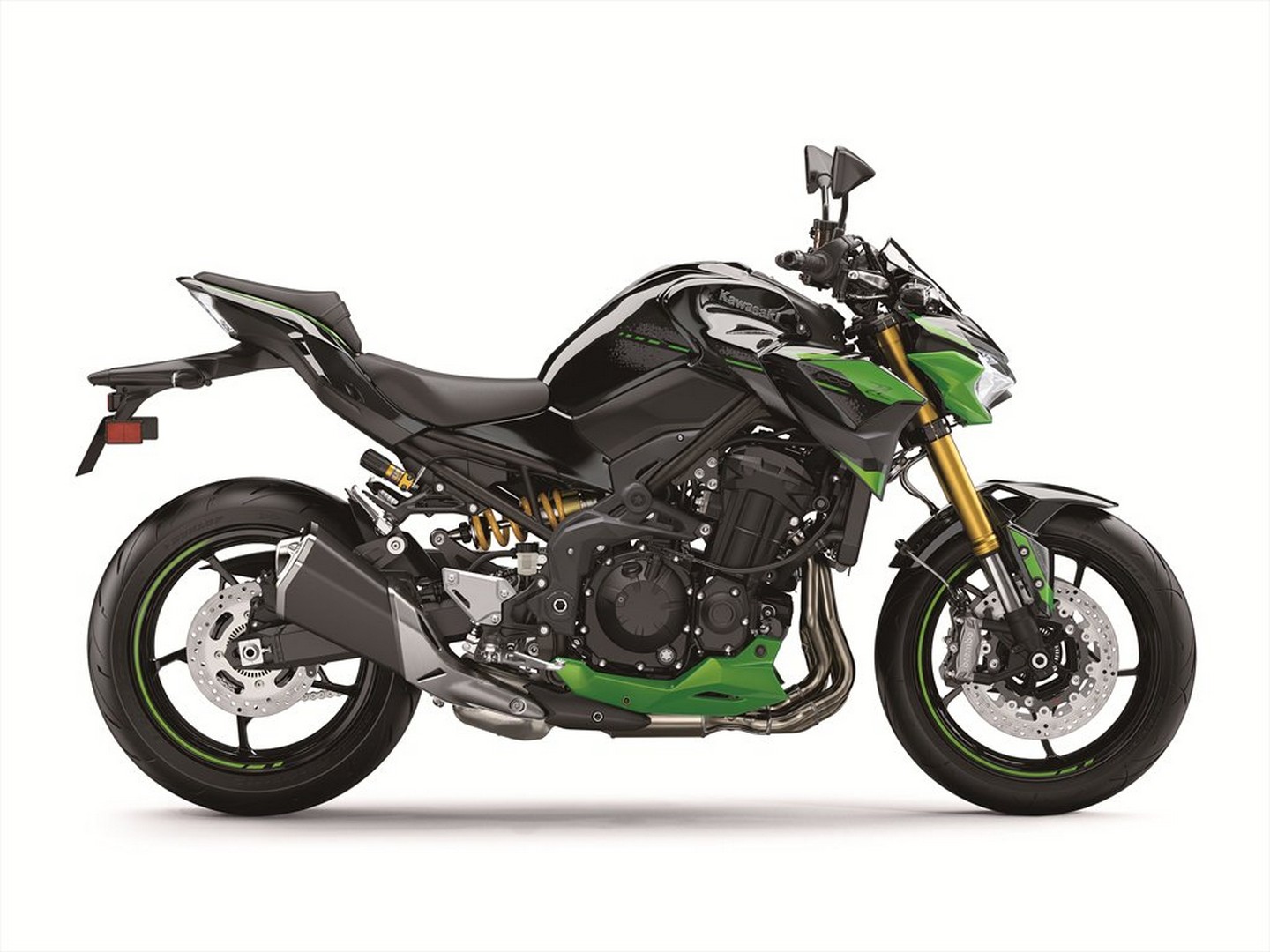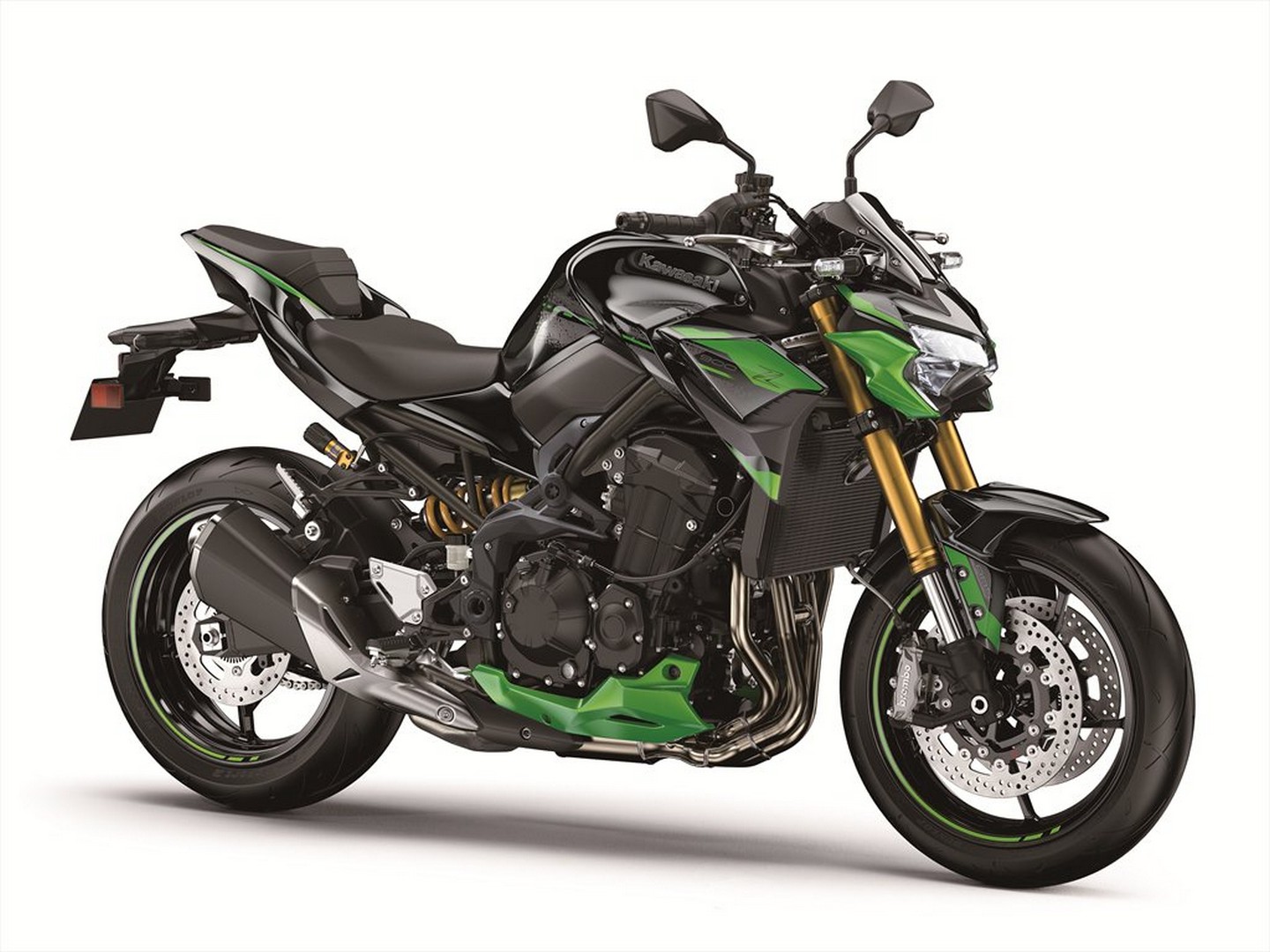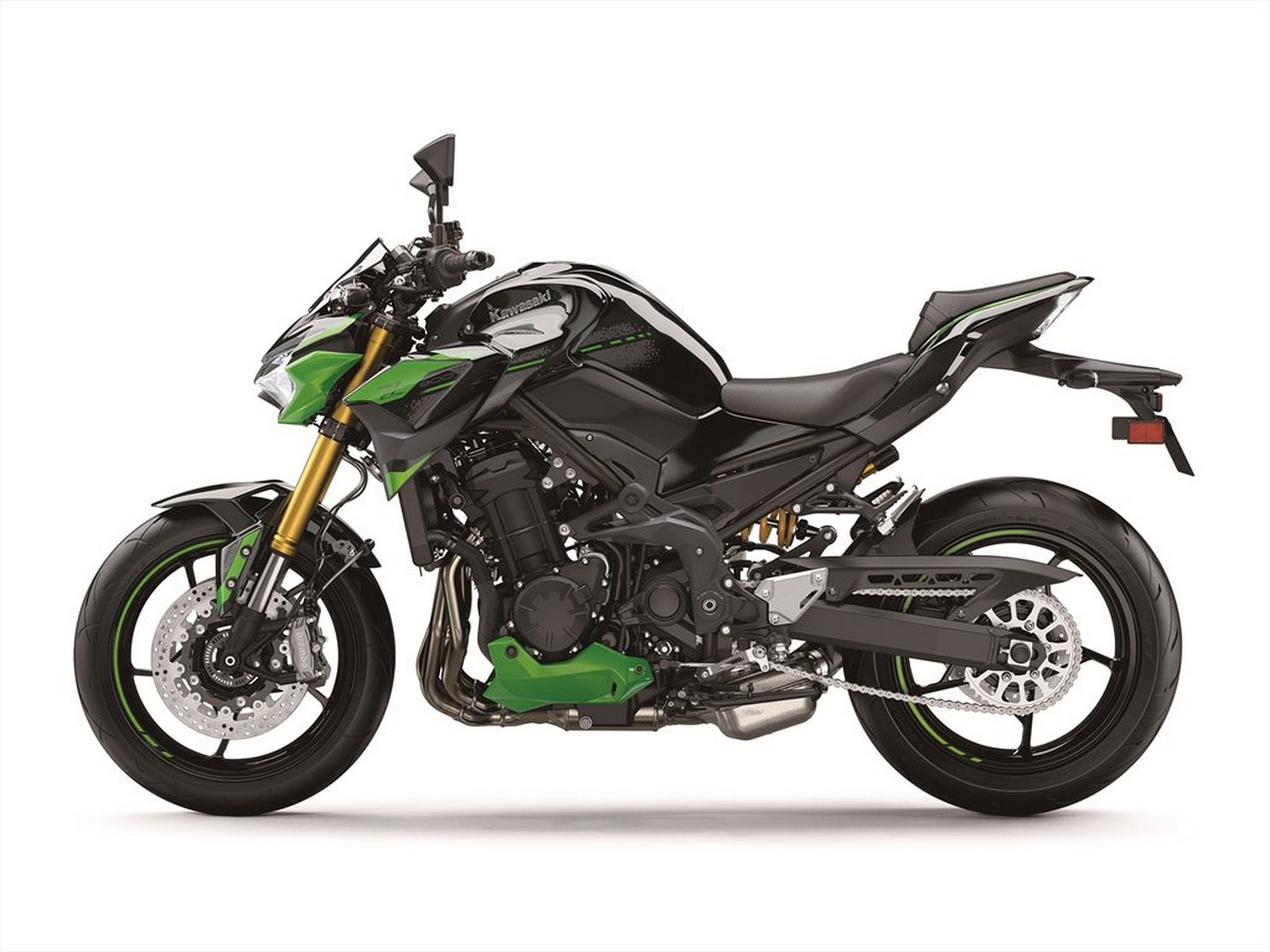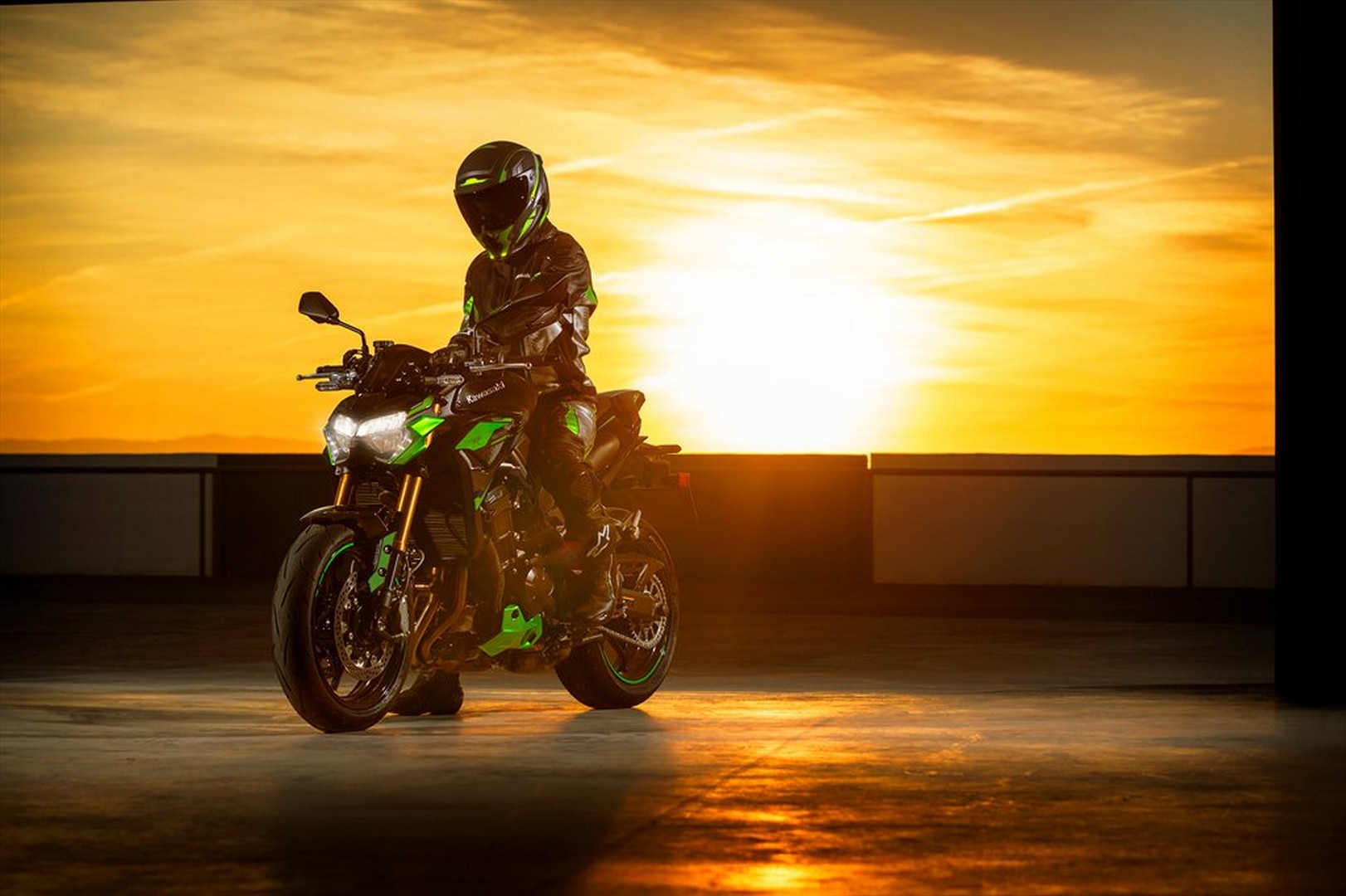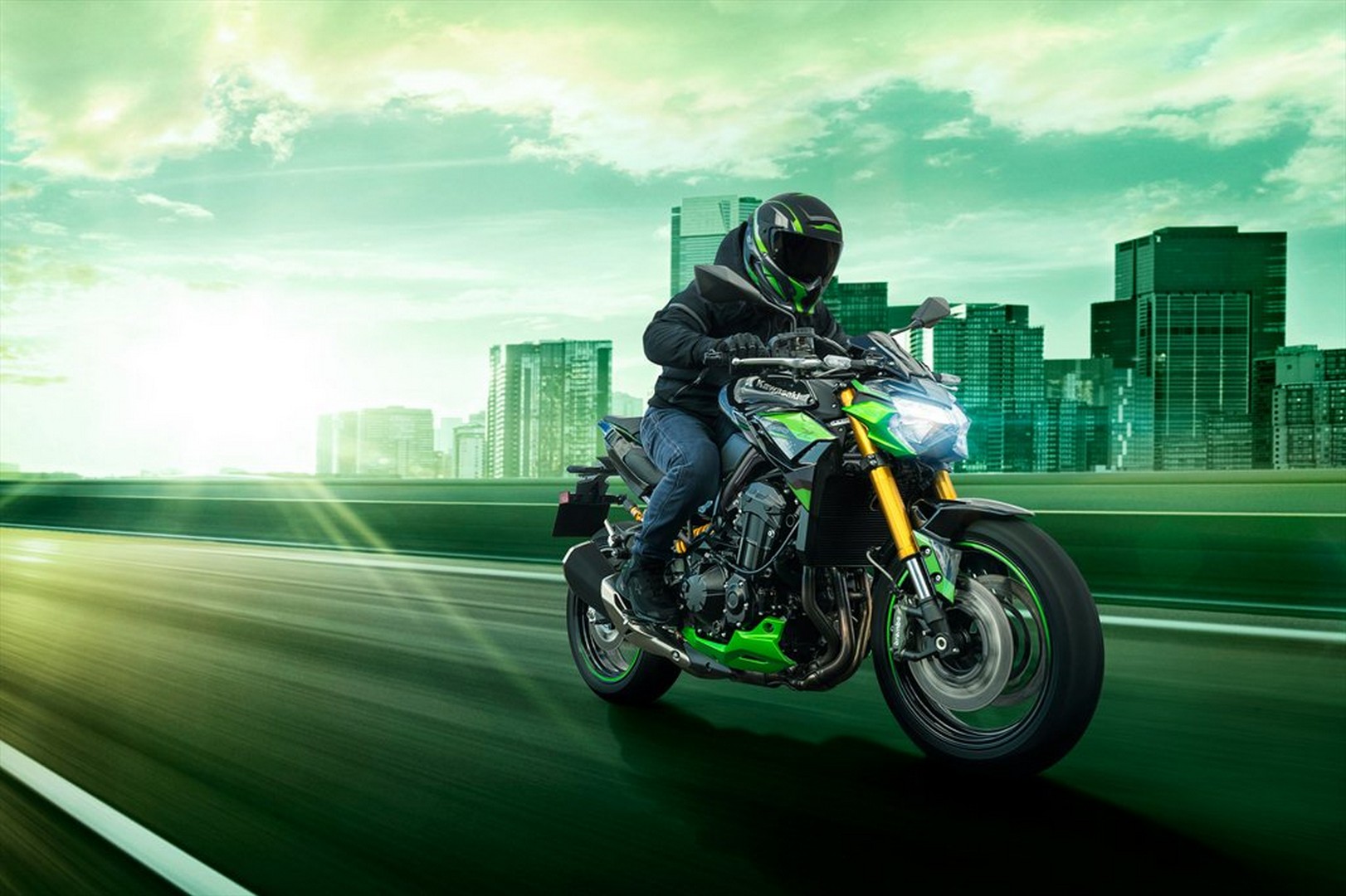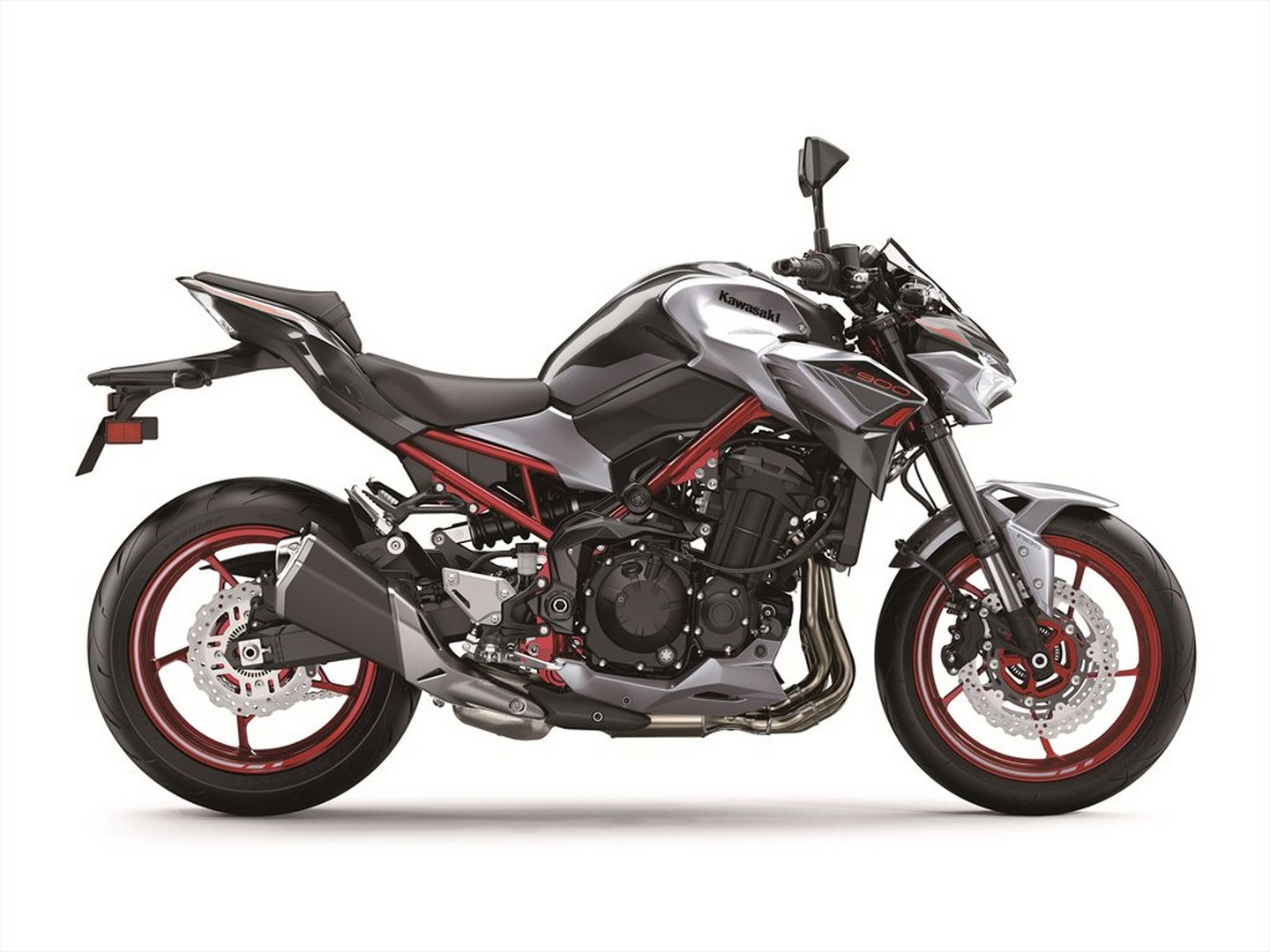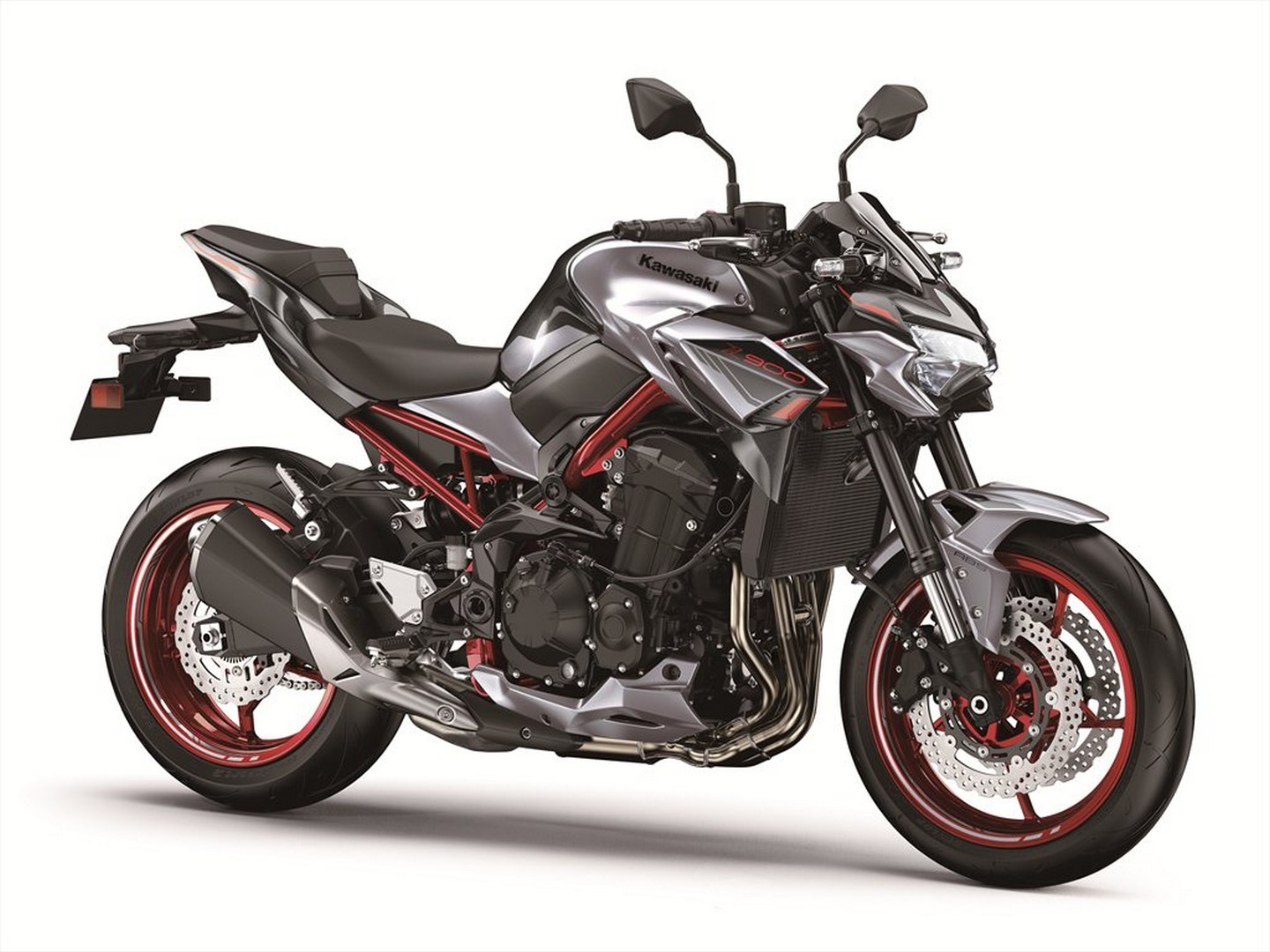The 2023 Kawasaki Z900 Has Impressive Power And Looks
Contents
The 2023 Kawasaki Z900 is one of several 2023 Kawasaki models included in their “supernaked” class. With its powerful engine, advanced technology, and comfortable riding position, the Z900 is an excellent choice for riders who want a bike that is both fun to ride and easy to handle. At the heart of the Z900 is a 4 cylinder, liquid-cooled engine that delivers impressive performance. This 948cc engine is capable of producing up to 113 horsepower and 72 lb-ft of torque and with a power modes feature, you can choose how much power you want on tap!
Like many of Kawasaki’s motorcycles that feature advanced technology, the 2023 Z900 comes equipped with a full digital instrumentation that includes a color TFT screen with all the expected information to ensure you know what the bike is doing. The Z900 also features advanced safety features that help to ensure that riders stay safe while enjoying the thrill of the ride. This bike comes equipped with Anti-lock Brakes (ABS) as standard, which helps to prevent the wheels from locking up during sudden stops, reducing the risk of skidding and accidents.
The Z900 features a lightweight chassis that provides excellent stability and handling. Weighing in at just 467 pounds, this bike is incredibly nimble and easy to handle, making it ideal for riders of all skill levels. If you’re looking to add even more performance from the Z900, look no further than the SE model upgrade which includes extras like Ohlins rear shock, inverted fork and Brembo brakes with steel braided lines for only $1500 more! With so many features and options for a competitive price when compared to other Japanese brands, you can’t go wrong with Kawasaki’s 2023 Z900 ABS or SE model.
The 2023 Kawasaki Z900 starts at $9,399 USD/$11,599 CAD
On this page: we’ve curated specs, features, news, photos/videos, etc. so you can read up on the new 2023 Kawasaki Z900 in one place.
Model Overview
General Info
- Price: $9,399 USD/$11,599 CAD
- Key Features:
-
- LED headlights
- Smartphone Connectivity
- TFT color screen
- Power Modes
Main Specs
- Engine: 948 cc 4-stroke, 4-cylinder, DOHC, 16-valve, liquid-cooled
- Power: 113 horsepower
- Torque: 72 lb-ft
- Weight: 467 lbs (211 kgs)
- Seat Height: 31.5 inches (800 mm)
Competitors
2023 Kawasaki Z900 Specifications
ENGINE |
||
| Engine | 948cc, 4-stroke, 4-cylinder, DOHC, 16-valve, liquid-cooled | |
| Power | 113 hp | |
| Bore x Stroke | 73.4 x 56.0mm | |
| Compression Ratio |
11.8:1
|
|
| Fuel System | DFI® with 36mm Keihin throttle bodies | |
| Starter | Electric | |
| Lubrication | ||
DRIVETRAIN |
||
| Clutch | ||
| Transmission | 6-speed, return shift | |
| Final Drive | Sealed chain | |
CHASSIS |
||
| Suspension Front | 41mm inverted fork with rebound damping adjustability/4.7 in | |
| Suspension Rear | Horizontal back-link, stepless rebound damping, adjustable spring preload/5.5 in | |
| Brakes Front | Dual 300mm petal-style discs with four-piston calipers, ABS | |
| Brakes Rear |
Single 250mm petal-style disc with single-piston caliper, ABS
|
|
| Tires Front | 120/70 ZR17 | |
| Tires Rear | 180/55 ZR17 | |
| Fuel Tank Capacity | 4.5 gal | |
| Color |
Metallic Spark Black/Metallic Graphite Gray/Metallic Flat Spark Black, Metallic Phantom Silver/Metallic Carbon Gray
|
|
ELECTRICAL |
||
| Ignition | TCBI with electronic advance | |
| Spark Plugs | ||
| Headlight | LED | |
| Tail Light | LED | |
DIMENSIONS |
||
| Overall Length | 81.5 in | |
| Overall Width | 32.5 in | |
| Overall Height | 42.5 in | |
| Wheelbase | 57.3 in | |
| Ground Clearance | 5.7 in | |
| Seat Height | 31.5 in | |
| Curb Weight | 467.5 lb | |
WARRANTY |
||
| Warranty | 12 Month Limited Warranty | |
| Kawasaki Protection Plus | 12 / 24 / 36 / 48 months | |
2023 Kawasaki Z900 Features
Assist & Slipper Clutch
Under normal operation, the assist cam functions as a self-servo mechanism, pulling the clutch hub and operating plate together to compress the clutch plates. This allows the total clutch spring load to be reduced, resulting in a lighter clutch lever feel when operating the clutch.
When excessive engine braking occurs – as a result of quick downshifts (or an accidental downshift) – the slipper cam comes into play, forcing the clutch hub and operating plate apart. This relieves pressure on the clutch plates to reduce back-torque and helps prevent the rear tire from hopping and skidding. This race-style function is particularly useful when sport or track riding.
Dual Throttle Valves
On models with dual throttle valves, there are two throttle valves per cylinder: in addition to the main valves, which are physically linked to the throttle grip and controlled by the rider, a second set of valves, opened and closed by the ECU, precisely regulates intake airflow to ensure a natural, linear response. With the air passing through the throttle bodies becoming smoother, combustion efficiency is improved and power is increased.
Economical Riding Indicator
While effective vehicle speed and engine speed may vary by model, paying attention to conditions that cause the “ECO” mark to appear can help riders improve their fuel efficiency – a handy way to increase cruising range. Further, keeping fuel consumption low also helps minimize negative impact on the environment.
KTRC (Kawasaki Traction Control)
Less intrusive modes maintain optimum traction during cornering. Designed with sport riding in mind, they facilitate acceleration out of corners by maximizing forward drive from the rear wheel. And because Kawasaki’s sophisticated software bases its dynamic analysis on the chassis’ orientation relative to the track surface (rather than relative to a horizontal plane), it is able to take into account corner camber, gradient, etc., and adapt accordingly.
In the more intrusive modes (and for some models, in any mode), when excessive wheel spin is detected, engine output is reduced to allow grip to be regained, effectively enabling riders to negotiate both short, slippery patches (train tracks or manhole covers) and extended stretches of bad roads (wet pavement, cobblestone, gravel) with confidence.
Models equipped with IMU incorporate chassis-orientation feedback to offer even more precise management.
POWER MODES
Smartphone Connectivity
ABS (Anti-lock Brake System)
Sound Tuning
Designed specifically to allow riders to enjoy their motorcycles aurally as well as physically, the carefully crafted auditory notes can be the key components of the street riding exhilaration offered by models that have benefitted from sound tuning. Sound tuning can include conducting sound research, designing intake and exhaust system components based on an acoustic test carried out in a sound room, and careful consideration of every detail of a system’s components to ensure a balance of performance and the desired sound.
2023 Kawasaki Z900 Photos
2023 Kawasaki Z900 Videos
2023 Kawasaki Ninja Z900 review by Peter Lowe one:
2023 Kawasaki Ninja Z900 Review by Arch417 Powersports:
Links
Kawasaki Official Websites


